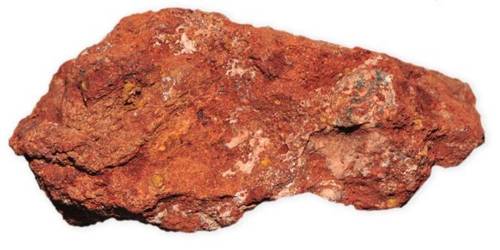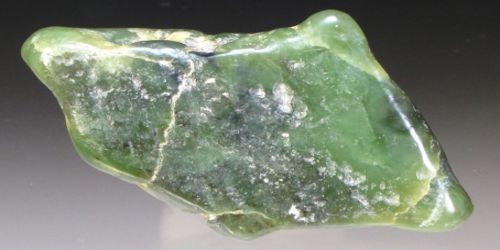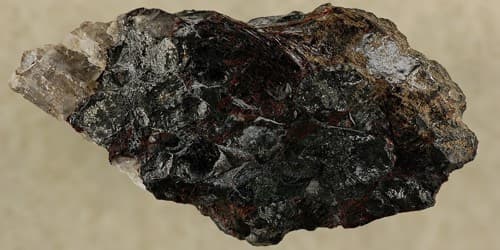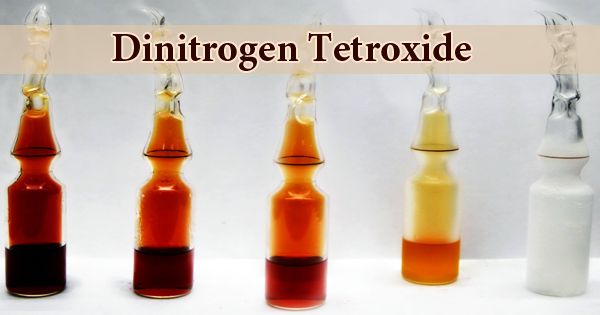Pararealgar is a mineral that contains arsenic sulfide and has the chemical formula As4S4, also known as AsS. When exposed to light, it gradually forms from realgar. It gets its name from the fact that its elemental composition is identical to that of realgar, As4S4.
It is found in lead, silver, and gold ore veins with orpiment, other arsenic minerals, and stibnite. It can also be found as a volcanic sublimation product and as a hot spring deposit. It is one of the arsenic sulfides and one of two isomers of As4S4. It is formed when the symmetrical isomer is exposed to light. It gets its name from the fact that its elemental composition is identical to that of realgar, As4S4.
General Information
- Category: Sulfide mineral
- Formula (repeating unit): As4S4
- Crystal system: Monoclinic
- Crystal class: Prismatic (2/m) (same H-M symbol)
- Colour: Bright yellow when powdery, to yellow-orange and orange-brown when granular

Properties
It is soft with a Mohs hardness of 1 – 1.5, is yellow orange in colour, and its monoclinic prismatic crystals are very brittle, easily crumbling to powder.
- Crystal habit: Fine powder to granular
- Fracture: Uneven
- Tenacity: Brittle
- Mohs scale hardness” 1 – 1.5
- Lustre: Vitreous to resinous
- Streak: Bright yellow
- Diaphaneity: Translucent
- Specific gravity: 3.52
- Optical properties: Biaxial (?)
- Birefringence: 2.02
Formation
Pararealgar is a realgar alteration product caused by light exposure. The process of alteration is wavelength dependent, with alteration occurring only at wavelengths longer than approximately 500 nm in the visible light spectrum.
Each arsenic atom in realgar’s crystal structure is bonded to two sulphur atoms and one other arsenic atom. Certain wavelengths of light interact with the crystal structure of realgar, breaking the weaker bonds between arsenic atoms. As-As bonds are 30% weaker than As-S bonds. As a result of this process, the free As formed destabilizes the realgar structure, causing the realgar to become powdery pararealgar without changing the overall chemical composition.
Occurrence
Pararealgar forms as a byproduct of realgar alteration in stibnite-bearing quartz veins, usually as a result of light exposure. It is found in association with realgar, stibnite, tetrahedrite, arsenopyrite, duranusite, arsenolite, native arsenic, lepidocrocite, and pyrite.
It was discovered in the Grey Rock Mine, Truax Creek, Bridge River area, Lillooet Mining Division, British Columbia, Canada, in 1980. It has since been reported from a number of different locations around the world.
















